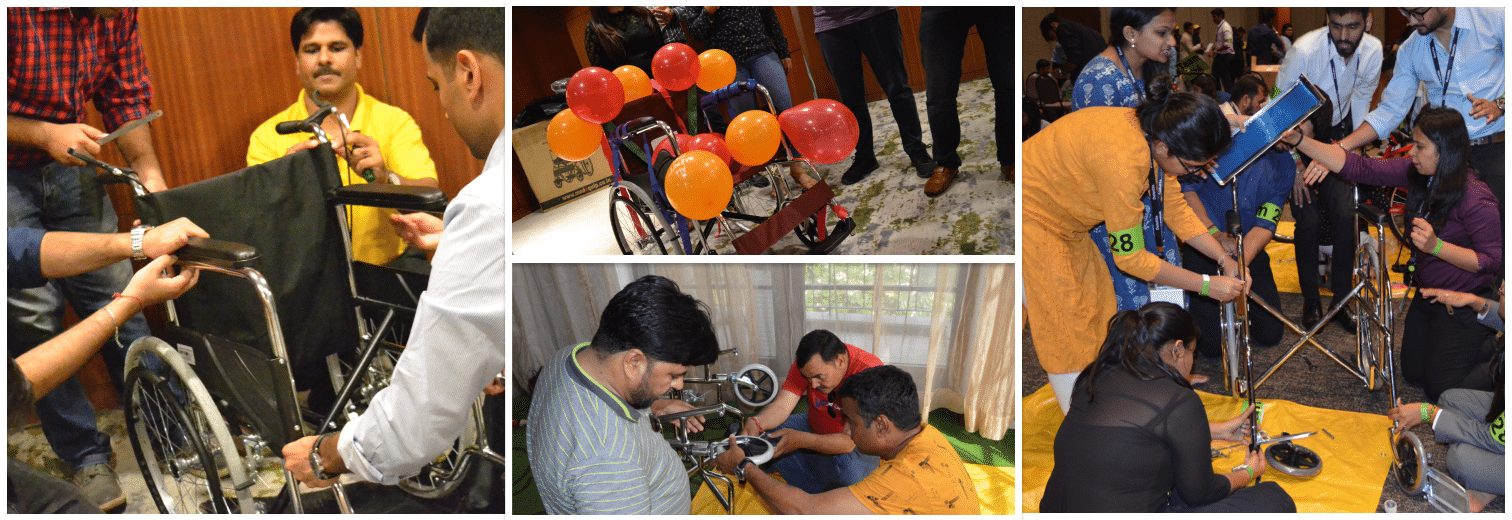The post pandemic world brings with it a host of unseen challenges. Unregulated work hours have become a common occurrence.Moreover, it seems everyone is working around the clock. Blame it on the decentralised collaborative efforts, or simply the woes of technology – either way, we are never truly off our devices and end up being available around the clock.
Employees around the world are feeling the after effects of such an imbalanced work life. Burnouts, zoom fatigue, and various ailments related to too much screen time are now a part of our collective lives. So, how do managers inspire their teams? What can they do to help ease the load of the digital era workplace?
Before managers can even begin to offer solutions, they need to understand the basic problem –
Never together, but always available
Table of Contents
A recent Harvard Business Review survey revealed that the remote work day is divided into two distinct portions –
“..an 8-hour window from 9–5 where team members generally work together and a 16-hour window where team members generally work apart. During the first window, team members on average overlap with 50–70% of their colleagues, and can generally be considered to be working together. During the longer “off hours” window, team members overlap with 10–50% of their colleagues, and can thus be considered to be working apart.”
– Scott Duke Kominers, Harvard Business Review
However, the overlap window is wherein lies the crux of the problem. Such a routine firstly translates into people working alone for longer hours. The 9-5 time slot, though constant for everyone, is usually is spent working on their devices, separated from the rest of the team. Add to this the issue of conflicting timelines and you have on your hand a team that truly works around the clock. From receiving mails at odd hours to working even when taking a break, the digital workplace today, has become all consuming.
The above mentioned survey also revealed another interesting truth –
“on average, that at least 29% of the team is not online — no matter what hour of the workday it is.”
This means that throughout the day, regardless of the time, at least one team member is available.
“Even at the lowest point in the workday — 4 AM — on average 10+% of the team is available and putting in 30+ minutes of work in the hour.”
No more team lunches

Another aspect of the remote work setup is the issue of midday constraints. With no social reason fuelling the need to have lunch at the same time, most team members end up asking their lunch break at different hours. This allows for both physiological and psychological experience for the team different from the normal work routine.
What can you do?
In a world that looks nothing like the good old days, your biggest responsibility as a manager is to help your team make the best of the resources available at hand. You need to be mindful of all the possible constraints being experienced by your team. Odd working hours may lead team members to push harder. They might have to work longe hours to achieve their standard productivity. Working alone may seem burdensome to some, while others may struggle with feeling overwhelmed.
Thus, when trying to help simplify the lives of your remote team members, here are a few things that might come in handy –
1. Bring them together
Establish “team hours” during the week where at least 50+% of the team is expected to be online and working together. Use these hours to schedule business processes, meetings, discussions, and more that require greater team overlap. Also, use this time to make and communicate across decisions that affect them all
2. Not forcing overlap
Don’t worry if your team is not working religiously together across a 7-hour block time per day. Let your team find its own rhythm,
3. Don’t micromanage
Allow your employees the flexibility to schedule their routine as per their personal timing preferences.
4. Allow for ‘focused hours’

Establish norms for your team members to take the time and space to do Uninterrupted, focused work. These may take two forms: “heads down” time, i.e., specific hours in the calendar where no team meetings can be scheduled. And team members are expected not to contact each other, unless absolutely necessary. You may even create unique “do not disturb” flags that individuals can use to signal when they need to focus.
We would love to hear some of the unique ideas that have worked for your team.





